Email is everywhere.
It’s the one tool that you know you’re going to be using every single day in business. So when you get into work, you check your emails.
Over the weekend, you might keep an eye out. And you certainly send essential sales, marketing, and financial communications this way.
Around 121 business emails are sent daily. This is a huge number. Yet if we’re all communicating in such a major way via this medium, shouldn’t we make sure that it’s super effective?
Think about it.
You communicate with customers, colleagues, managers, business partners, clients, support staff, and various other stakeholders daily.
So isn’t it essential to make sure that they’re done right?
We all know just how easy it is to misunderstand a message or pick up at the wrong time. So it’s safe to say that nailing your email communications is paramount. But what does it take to do that, and does it make a difference?
To make each message count, you’ve got to break down the anatomy of a good email. How it’s written, how it’s perceived, how it looks, the tone – and even leading trends.
Taking all of this into account is bound to help you improve your email deliverability and get your point across at the same time.
Let’s take a look at exactly how you can improve your email communications in just nine simple steps.
1. Understand Email Trends In 2021
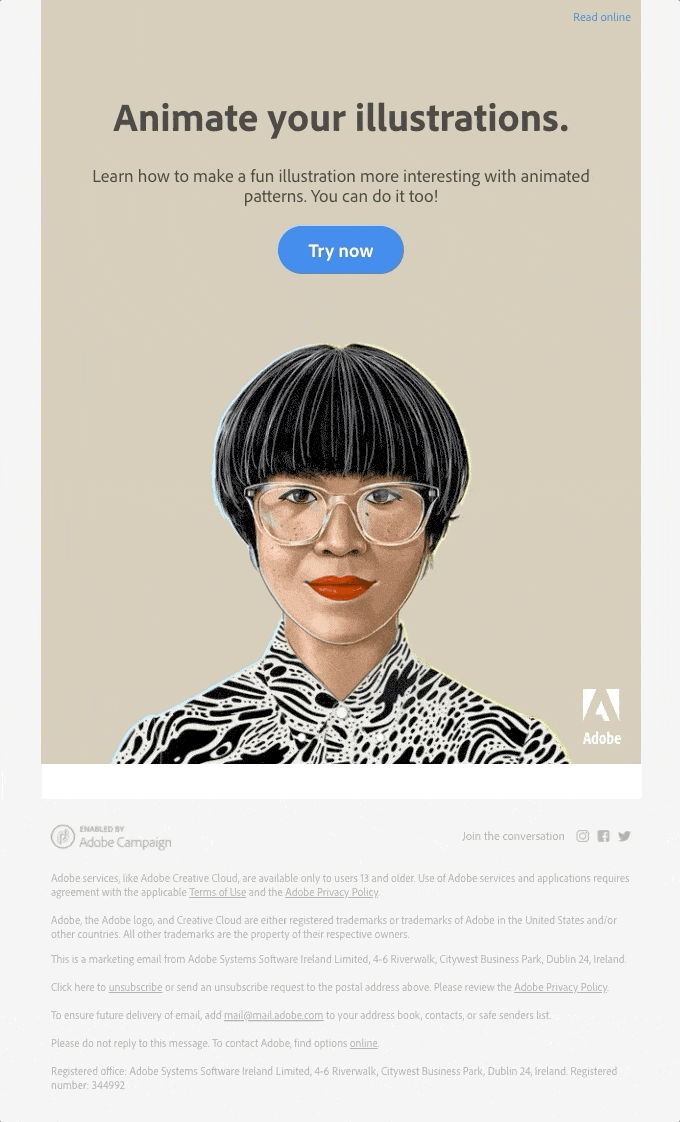
Image Source: Really Good Emails
Before you take to anything, it’s always good to do a bit of research.
Yes, we’re talking about sending an email here, but trends come and go in email communications, just like in anything else. So knowing what’s in, now, and trending can help you to keep ahead of the curve.
Gone are the days when clunky and chunky emails work well. We’re all so busy these days that receiving something short and sweet is best.
Some companies opt to send out a short text, rather than the long-form counterpart we’re used to. It’s kind of like an SMS message – no visuals, no bows, and whistles.
Just like the kind of email you’d get from your colleagues. Kind of cool, right? Straight, easy, and to the point.
And some are taking it to the next level, getting up close and personal with their audience by using gifs, emojis, and memes to connect with the current culture and kicking your email marketing images up a notch.
You need to understand what messaging style and what trends sit successfully with your brand, which revolves around your brand’s mission statement and culture.
2. Write A Longer Subject Line
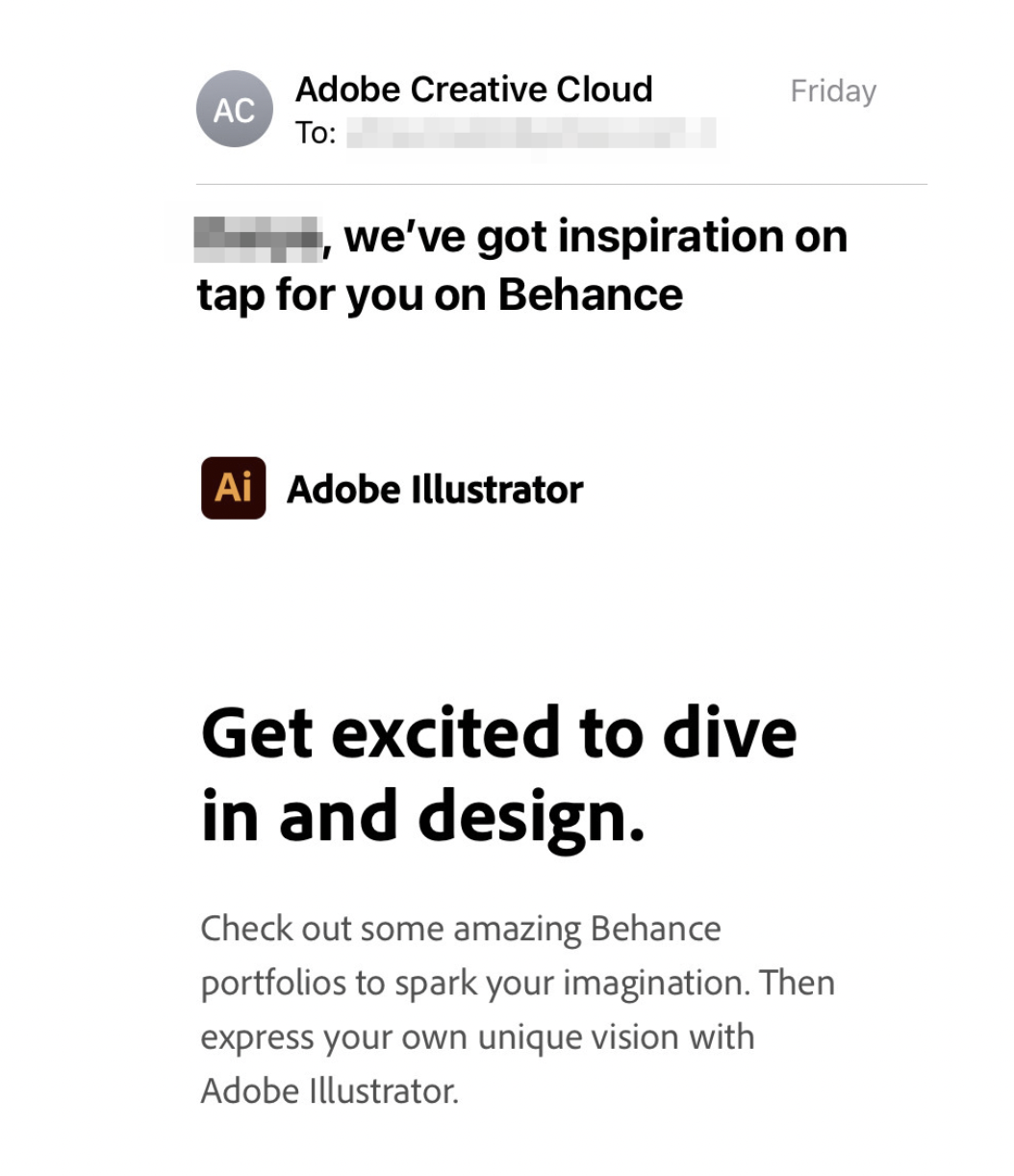
When it comes to the subject line, be sure to make the most of it. Don’t worry so much about keeping it short and sweet – especially if it doesn’t convey your message well. It’s better to be clear and concise with your subject to encourage the open – rather than too strategic.
That being said, opting for a longer subject line could work. Of course, it needs to fit within the message box – so nothing too long here. But statistics say that around 50 characters could be the sweet spot.
Above all else, go with a subject line that gets to the point.
You want it to showcase the message content well as well as ensure that it gets read. Choosing to A/B test your subject lines could also work well here, or you can try an online email subject line tester to get some insights.
3. Check Your Tone
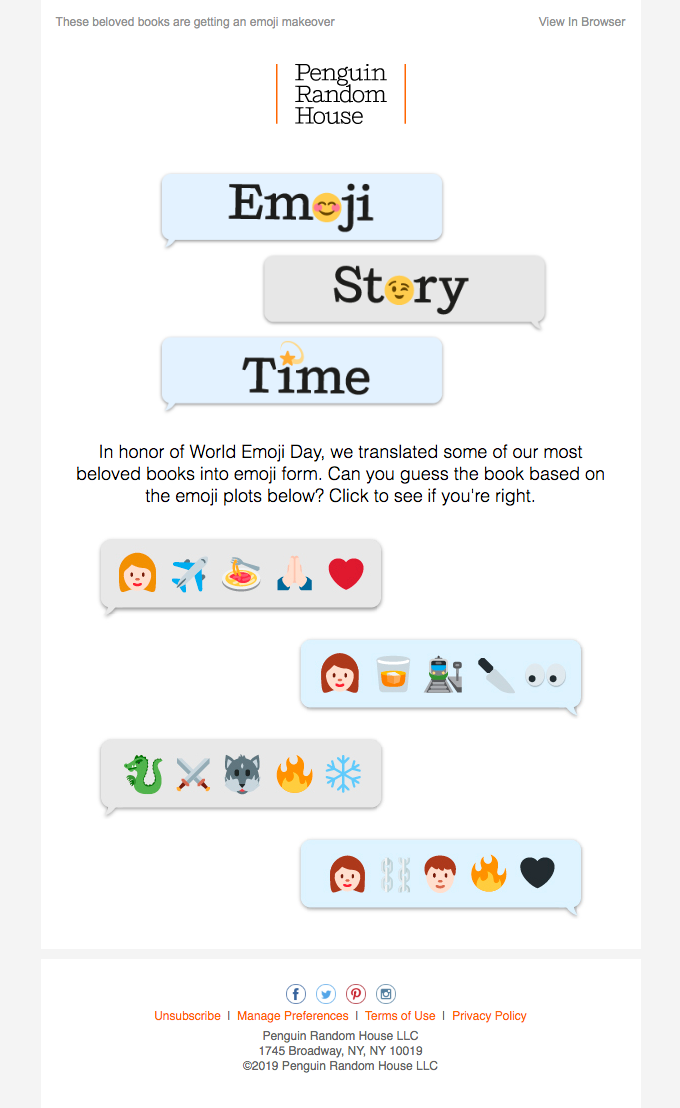
Image Source: Really Good Emails
An essential element in your main body text here will be your tone. You have to be sure that your email communications are received in the right way. Are you writing a professional email that needs to be…perfect?
Either way, ask yourself – how do you want to come across?
Is this a formal email or something casual? Do you need to choose your language meticulously to please your readers, or can you have a little fun?
Again, think back to the idea of using emojis – these can work well and connect with your audience, but only in the proper context. In casual emails and in communications with people you know well, this works.
But when in doubt, it’s always best to keep things professional and leave them out!
4. Start With The Main Point

Image Source: Really Good Emails
Emails will often get scanned. Yes, that means that important information can be misunderstood or even missed altogether. This is why you have to start with the main point.
Know precisely what you’re trying to get across before you begin. Don’t waffle, and definitely don’t fill the text with fluff that isn’t relevant to what you’re trying to say.
If you know that you’re trying to be information or persuade, explanatory or tell a story, it’ll help you understand the point you’re trying to communicate here.
Then, you can be sure to lead with the most critical topic and expand on it if need be. Remember, there will always be a takeaway from the email – so lead with that and be upfront. Respect the reader’s time and get straight to the point.
5. Read The Last Message Fully
It’s also important to read the room.
And this can work in two ways.
First of all, you need to listen. Do you understand the person you’re communicating with? What sort of tone do they have? Make a mental note of whether they have a sense of humor, tend to be very abrupt, or whether they’re pretty neutral here.
Knowing these things can help you to mirror their methods and connect with them as you communicate.
After all, if you’re reading with an old-school kind of guy and you want to make an impression, you know to keep your comms very traditional. And vice versa.
But then also, rereading the previous message helps you to minimize communication errors and keep the conversation flowing well.
6. Break Up The Text
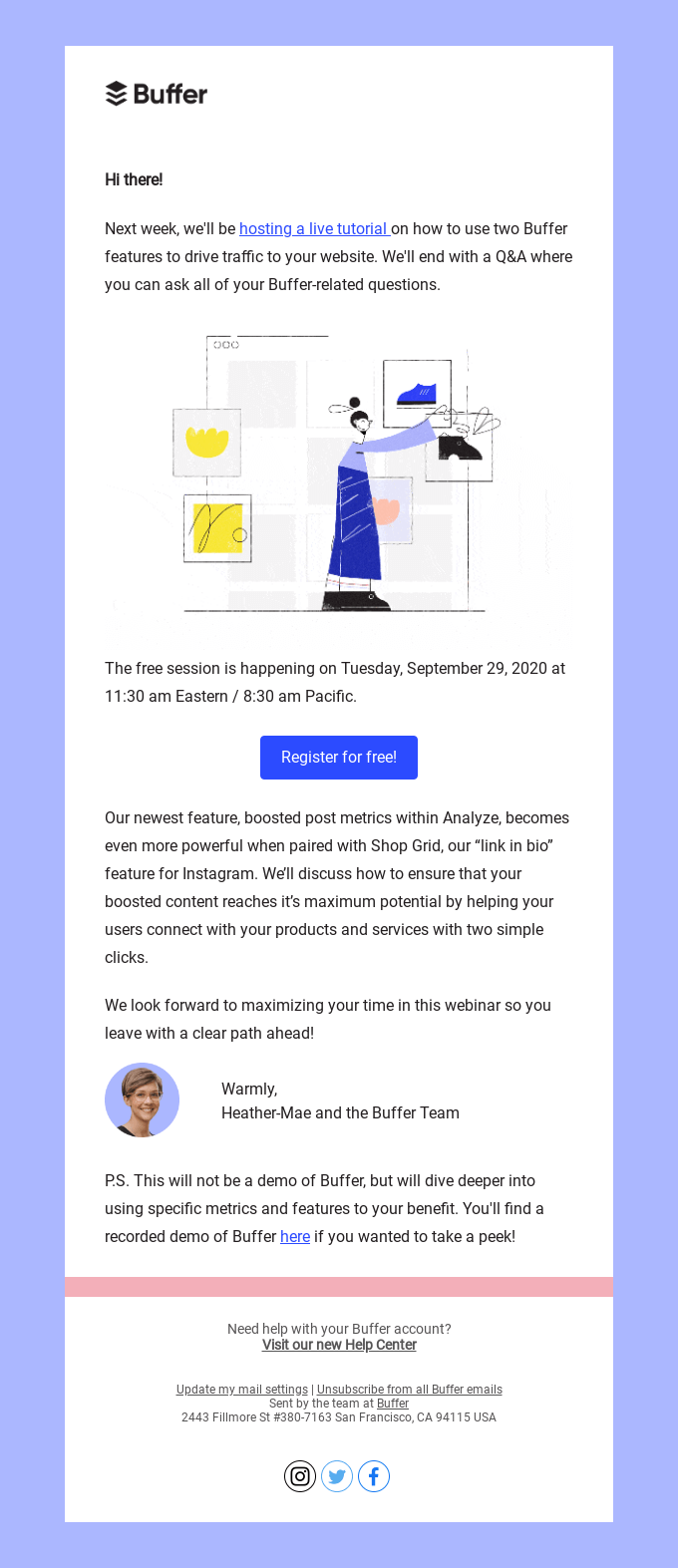
Image Source: Really Good Emails
Who wants to read paragraphs and paragraphs of blocky text? We already mentioned that scannable emails are easy to read. Looking to keep things scannable can work for you here.
The best way to do that is to bread it all up. Feel free to use different headings or to highlight key points by putting them in bold or italics.
Even putting each key point on its line can work better. That way, your reader can easily take in all of the information without being overwhelmed.
It doesn’t have to be a huge essay to be essential or articulate. Sometimes, something simple can be so much more effective.
7. Use Visuals
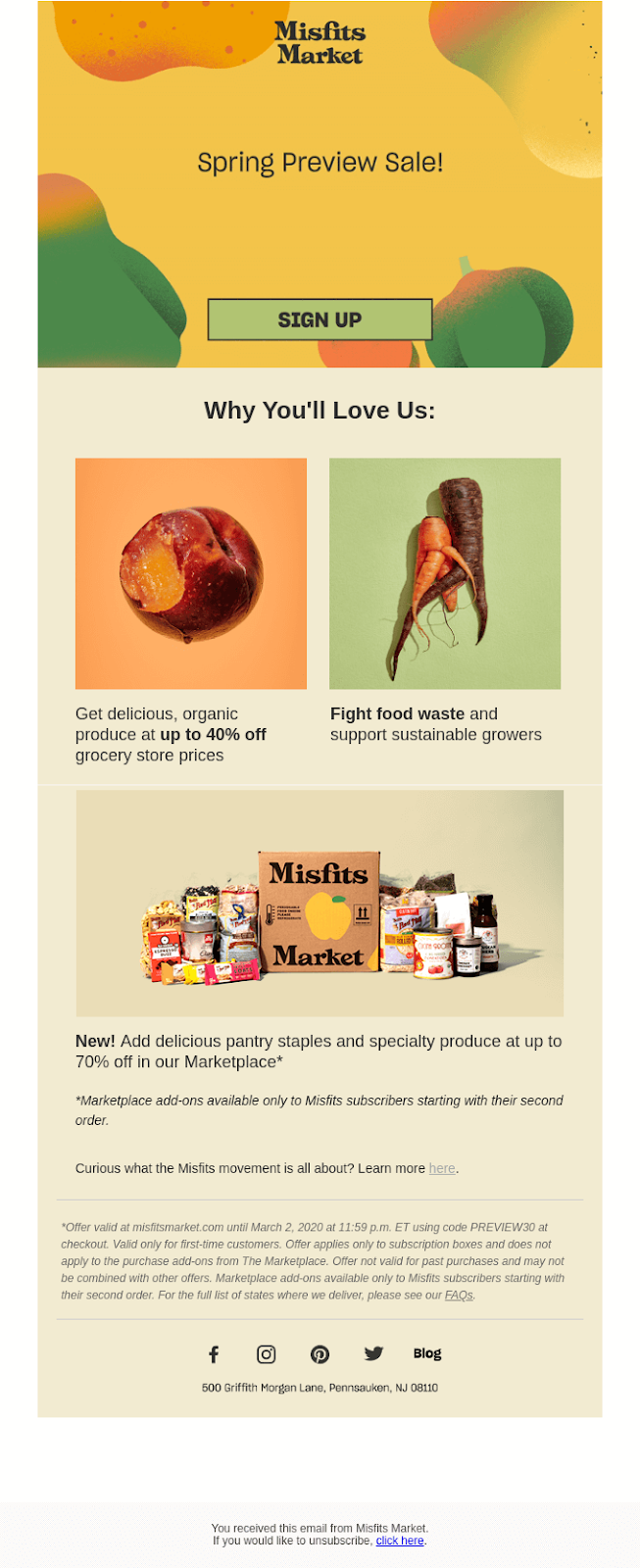
Image Source: Really Good Emails
Design matters in email communication as much as the messaging does. Because if your emails aren’t catching the eyes of your readers, they just won’t get read!
So make them beautiful.
Feel free to have fun with imagery and definitely use it to illustrate your key points.
A lot of people are visual learners – 65% in fact, so don’t alienate them with too much text. The different fonts you choose, picking out the right pictures, and even your use of whitespace all contribute.
Use tools like Vectornator for creating fully custom illustrations, Giphy for great GIFs, or Canva for customizable visuals. You can also think about customizing fonts or adding in different prompts for your readers to click, the Calls-To-Action (CTAs).
Just feel free to have more fun with your emails to see what works.
8. Use Interactivity

Image Source: Really Good Emails
And don’t be afraid to get interactive.
Do you want to get clicks? You want your readers to react? Then ask them to!
Why not post a poll or hold a contest? If you want to make your readers tick, then click, you have to stimulate their curiosity and spark action in them.
But there has to be something in it for them. Hosting a giveaway or offering some kind of incentive is the best way to do this. Again, play around with different ideas and work out what your audience responds to the most.
9. Use Behavioral Analytics

Above all else, always, always, always, use your analytics. Not just because they are there, but because they give you invaluable insight into how your audience behaves.
The data collected here can help you to tweak your email communications and improve the next time around.
See if your email provider offers this, or even consider working with analytics tools like merging email statistics with more detailed information about how users interact with your content.
That way, you can make better calls on what content to work with next and ultimately see more success with your email communications.
Final Thoughts
Writing the perfect email is like pulling together a puzzle. It can seem a little overwhelming at first, but all the pieces will work together. You just have to coordinate them by focusing on how your message will be perceived and then putting it together to mirror that can help.
Better yet, working on your wording, minding your tone, being strategic with your subject, and making sure it’s laid out (and dressed up with images) in the most visually pleasing way can work wonders.
Remember, you’re communicating so much via email these days – so your messaging needs to stand out. Your analytics will be the golden ticket here. Test, test, and test again.
And don’t be afraid to try new things. What works in email communication is constantly evolving, so it’s okay to think outside the box and take risks with what you do.
You can also check out EdApp’s free course on Effective E-mail Communication for some best practices and ideas to level up your email communication skills.

